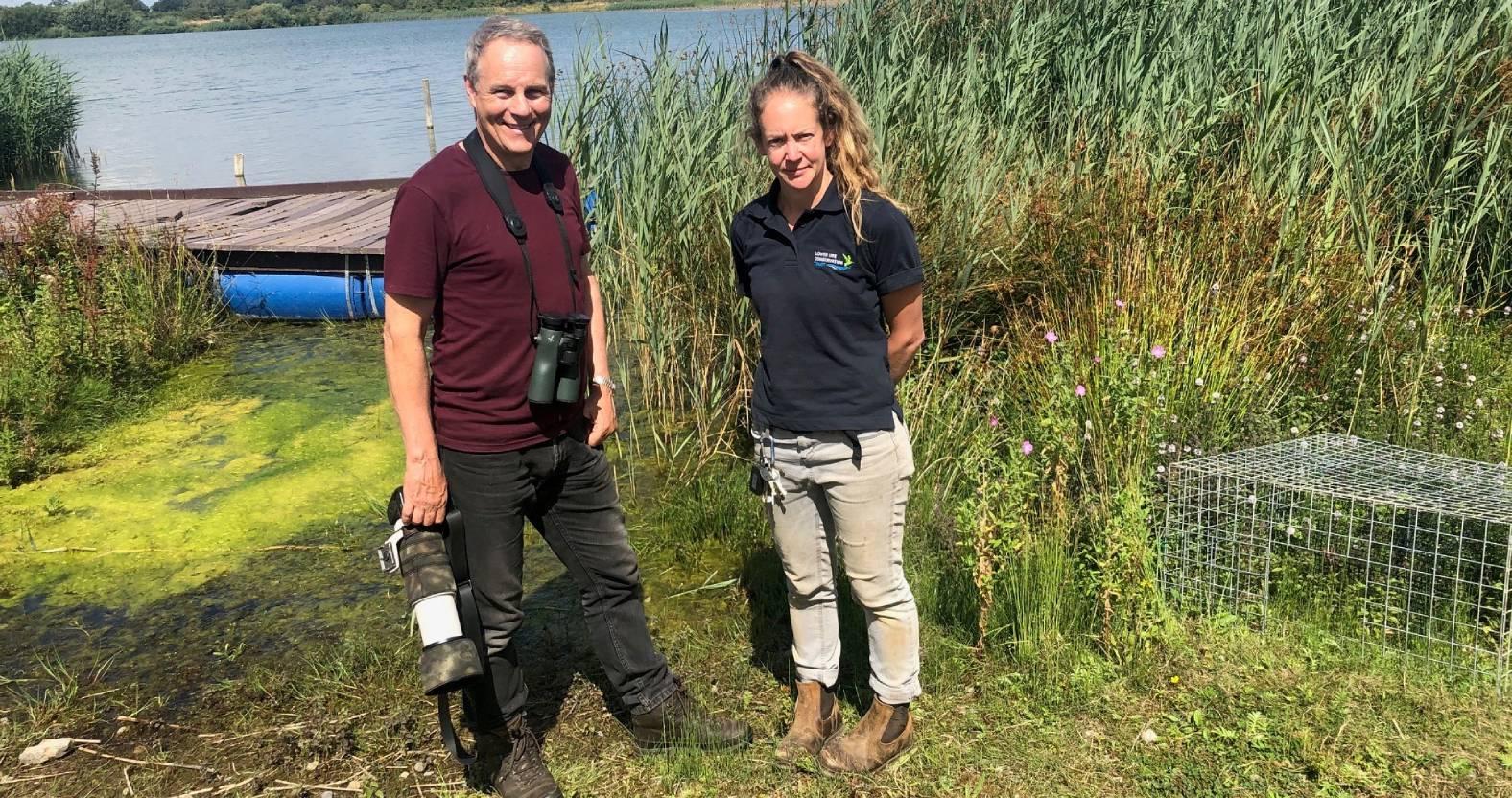Subscribe to trusted local news
In a time of both misinformation and too much information, quality journalism is more crucial than ever. By subscribing, you can help us get the story right.
- Subscription costs less than £1 a week with an annual plan.
Already a subscriber? Log in here.
18
Aug 2024
Rare marsh harriers take up residence at nature reserve near Ripon

Nosterfield Nature Reserve can put another large feather in its cap after a pair of marsh harriers successfully bred at the site near Ripon.
Their arrival at North Yorkshire's premier wetlands area further enhances the reserve's reputation as a place where some of the rarest bird species, including the notoriously secretive bittern, can be viewed thanks to the work of the Lower Ure Conservation Trust.
The trust manages the 150 acres of wet grassland and open water between the rivers Ure and Swale.
The site, between Ripon and Masham, was a sand and gravel quarry until the late 1980s. It was designated a nature reserve in 2001 and is free to visit.
Speaking about the marsh harriers that have set up residence at the reserve, trustee Richard Wells, said:
It is the first time the species has bred at Nosterfield. Indeed North Yorkshire has played host to breeding marsh harriers only a handful of times throughout the last 200 years, making this a rare event.
The parent birds arrived in April and birdwatchers thought they were just passing through, as migrant birds heading to traditional breeding grounds further north.
But these stayed and began aerial courtship displays which raised hopes that they might settle down and nest.
Volunteers took it turns to keep a close eye on the area to prevent disturbance (of the protected species) and weeks went by.
The male and female were seen bringing prey made up mostly of young rabbits to the site. Then, finally after much uncertainty about whether they had bred successfully, three young suddenly flew out of the reeds.

The three recently fledged marsh harriers were captured on film at Nosterfield by Martin Henstock
Among the volunteers who kept a watch on the reedbed nest was Matthew Cormack, who told the Stray Ferret:
I did a sound check using the Merlin bird ID app and identified that the call that could be heard coming from the reeds was that of marsh harriers.
People found it hard to believe at first, but when we eventually saw the parent birds and their young, it came as a very welcome surprise.

Keen birdwatcher and photographer Matthew Cormack, pictured near a reedbed with Nosterfield Nature Reserve project manager Emma Higgs
In recent years volunteers have spent a lot of time increasing the number of phragmites reed and other water-loving plants around two large lakes, where 28,500 reeds were planted by hand.
This work is paying dividends in increasing the habitat for a growing number of birds, butterflies and insects.
Trust director Simon Warwick, who earned an MBE for his conservation work at Nosterfiled, pointed out:
Creation of the reedbed was central to attracting both the marsh harriers and the 'booming' bittern that bred here for the first time in 2011 and has been seen and heard at Flasks Lake during this spring and summer.
Last year, a record 181 bird species were spotted at Nosterfield and we are proud of what we have achieved over almost 30 years in transforming former quarry workings into habitats where wildlife can thrive and people of all ages and from all backgrounds can enjoy this wonderful environment, whether simply visiting or working as volunteer, with guidance from our project manager Emma Higgs.
She formerly worked for the Royal Society for the Protection of Birds and joined us in 2021, as a result of a £132,000 grant that the trust received from the government's Green Recovery Challenge Fund, which identified more than 60 conservation schemes around the UK where precious and threatened landscapes could be created with the help of volunteers.
Great strides have been made in the time that Emma has been with us, because she has a wonderful way of engaging with people.

A bittern pictured at Nosterfield Nature Reserve by Matthew Cormack
Looking to the future, a platform has been erected at Flasks Lake, with the hope that osprey that have been regular visitors to the site might, like the bittern and marsh harriers, eventually build a nest for breeding at Nosterfield.
0